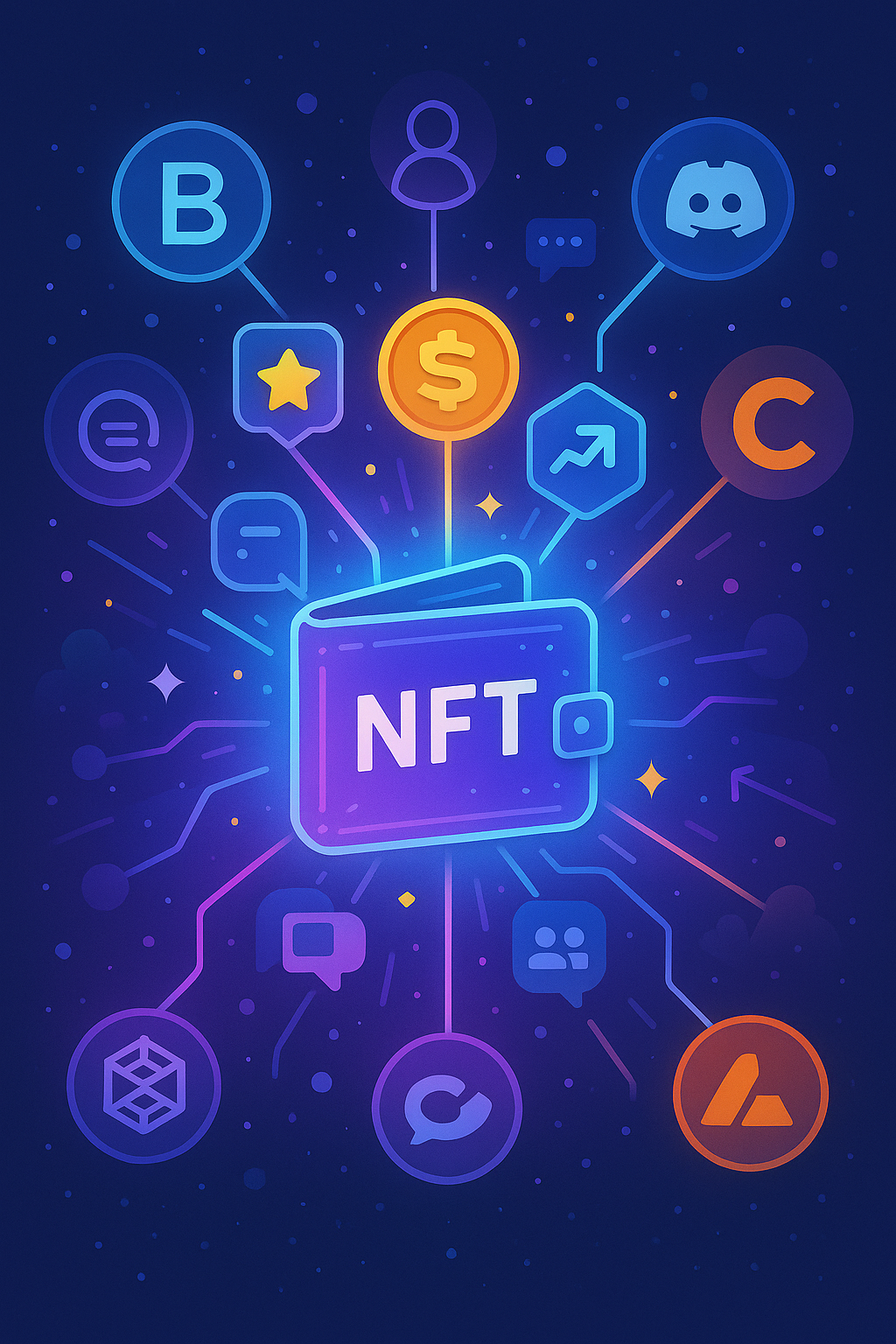By Shivank Sharma published on June 17, 2025
In the Web3 economy, loyalty isn’t earned through repetition — it’s established through verifiable participation.

The Old Playbook Is Collapsing
Traditional loyalty programs run on a simple formula:
Buy → Earn → Repeat
This logic assumes linear behavior. But today’s consumer isn’t linear — they’re fluid, networked, and context-aware.

As a result, standard loyalty programs — no matter how digitized — feel disconnected.
They rely on closed databases, fragile integrations, and an outdated idea of value (i.e., discounts or status tiers).
According to McKinsey, over 71% of customers expect recognition beyond transactions — but only 22% of brands deliver it.
The Rise of the Onchain Consumer
The onchain consumer is:
They don’t need a brand app or a unique login.
They bring their own credentials — in the form of wallets, activity graphs, and digital assets. Their identity and engagement history are composable, queryable, and public.
They’re not waiting to be enrolled in your loyalty program.
They’re waiting to connect.

Proof, Not Points
In the onchain world, loyalty isn’t about earning points. It’s about broadcasting proof.
Proof of Play
You didn’t just browse. You interacted. You co-created. You referred. And it’s verifiable on-chain.
Proof of Hold
You didn’t just buy. You staked. You committed. You chose to hold an asset instead of flipping it.
Proof of Stake (Social, not Financial)
You didn’t just transact. You aligned your social graph with the brand — through identity, community, or content.
These proofs don’t just unlock rewards.
They form the basis of status, access, and governance in the new consumer stack.
Case Studies: Onchain Loyalty in Action
Why This Matters for Loyalty Architects
Let’s break down the difference:
Traditional Loyalty-Closed database
Onchain Loyalty-Public ledger (verifiable)
Traditional Loyalty-Brand-owned identity
Onchain Loyalty-Wallet-owned identity
Traditional Loyalty-Transactional rewards
Onchain Loyalty-Behavioral and contextual
Traditional Loyalty-Static tiers
Onchain Loyalty-Dynamic status (NFTs, tokens)
Traditional Loyalty-App-bound experiences
Onchain Loyalty-Interoperable, cross-brand
Brands that fail to adapt will keep building loyalty systems that no longer match the incentives or expectations of digital-native users.
The Interoperability Advantage
The real unlock of onchain loyalty?
Interoperability.
In a Web3 world, users can carry their status across ecosystems.
Hold a Nike artifact? That could unlock early access on Farfetch.
Completed Starbucks Odyssey? Maybe Adidas wants to reward that.
When loyalty becomes portable, so does attention.
This radically increases the incentive for users to engage — and for brands to collaborate instead of compete.
Final Word
The future of loyalty won’t be measured in point balances or redemption rates.
It will be measured in proofs — of participation, of alignment, of trust.
If your program can’t verify it, reward it, and let others build on top of it — it will be forgotten.
Sources
© 2025 Quboid. All rights reserved.